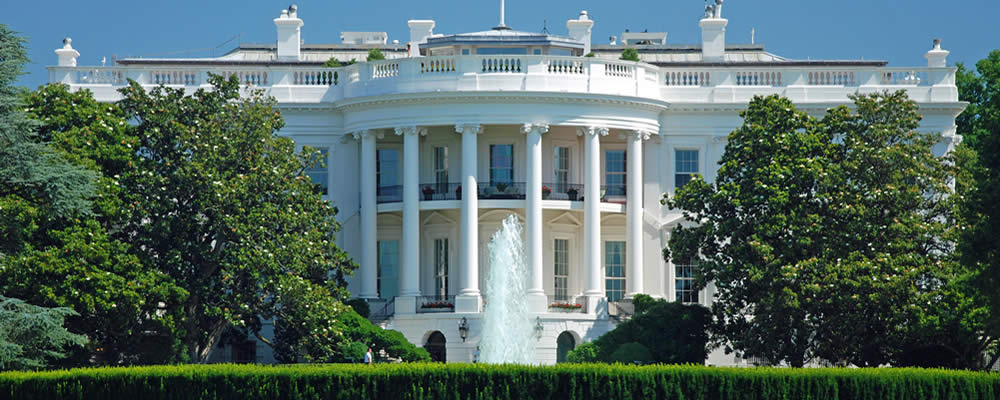- EUR USD Exchange Rate Trends at 1.17 – Near lowest levels in two months
- US Tax Reform Hopes Support US Dollar – But some analysts are doubtful
- EUR Forecast: German Unemployment on Friday – As well as retail sales
- USD Forecast: PCE Price Index on Friday – And Michigan’s consumer sentiment
The EUR USD exchange rate has tumbled for most of the week so far, due to German political uncertainty and rising hopes that the Federal Reserve could still hike US interest rates for a third time before the end of the year.
EUR USD has lost almost two cents this week. The pair opened at 1.1950 on Monday and hit a two-month-low of 1.1718 on Wednesday. EUR USD has since recovered slightly however and trends above 1.1750.
Euro (EUR) Supported by Strong Eurozone Confidence Data
The Euro has been dropping against most major currencies in recent sessions, due to market uncertainty about Germany’s political outlook.
German Chancellor Angela Merkel’s CDU party won a smaller number of votes than expected, at just 33%, while the nationalist AfD party won 13% of the vote and entered the Bundestag for the first time.
Merkel must now enter negotiations to form a new coalition government, a process which could take weeks or even months.
Many analysts expect the most likely outcome is a coalition between Merkel’s CDU, the business-friendly FDP party, and the Greens.
The election result has been perceived to mean that Merkel will lose some of her strong influence in the Eurozone and will face bigger obstacles in any plans to further integrate the Eurozone bloc.
This has put a major damper on bullish Euro trade.
However, the shared currency did see slightly stronger demand on Thursday, as market jitters cooled and traders reacted to some better-than-expected Eurozone ecostats.
The most notable so far this week has been the Eurozone’s September business confidence surveys, which largely beat expectations.
Business confidence was forecast to improve from 1.09 to 1.11. While the previous figure was revised down to 1.08, the September print came in at a strong 1.34.
Industrial sentiment beat 5.1 forecasts and came in at 6.6, services sentiment came in at 15.3 and economic sentiment impressed by coming in at 113 rather than the expected 112.
The consumer confidence prints were optimistic too. Consumer confidence improved to -1.2 as projected, while consumer inflation expectations rose from 11.6 to 14.2.
US Dollar (USD) Rally Slows on Tax Uncertainty
Demand for the US Dollar has strengthened in recent sessions, thanks to hawkish comments from Federal Reserve Chairwoman Janet Yellen as well as hopes for progress on major US tax reform.
Yellen indicated that despite the bank’s misjudgement of the US labour market and inflation, interest rates were still likely to rise at a normal pace. She strongly hinted that one was still possible in December 2017.
As a result, bets of a December interest rate hike have surged to above 75% in recent sessions.
US President Donald Trump discussed his plans for tax reform on Wednesday night, which briefly caused excitement among US Dollar traders that the process could make progress.
However, some analysts criticised the lack of details on how the plans would truly impact middle-class American families.
This, as well as market concerns that US Congress may struggle to push through tax reforms after its failures with healthcare, caused US Dollar trade to weaken slightly on Thursday.
According to Viraj Patel, FX strategist from ING Bank;
‘We are in correction mode on the Dollar as there is really nothing fundamental that has changed for the US outlook and the ambitious tax plan lacks a lot of details’
EUR USD Exchange Rate Forecast: Eurozone Inflation Projection Ahead
The Euro to US Dollar exchange rate is unlikely to see major gains before markets close on Friday and could end the week well below its opening levels.
However, EUR USD could still see some recovery if upcoming Eurozone data impresses and US data disappoints.
Multiple notable Eurozone ecostats will be published during Friday’s session, including German unemployment rate data from September and German retail sales from August.
Key Eurozone inflation projections will also be published. Yearly Consumer Price Index (CPI) estimates from September for France and the overall Eurozone will come in.
Eurozone inflation is currently forecast to have improved slightly from 1.5% to 1.6% year-on-year.
If Eurozone inflation beats expectations, it could bolster hopes that the Eurozone economy could support tighter monetary policy from the European Central Bank (ECB) sooner than previously expected.
The US Dollar, on the other hand, could react to any developments in US politics or President Trump’s tax plans.
Friday’s US data, including PCE price index data from August and Michigan University’s final September confidence surveys, could influence USD trade too.
EUR USD Interbank Rate
At the time of writing this article, the EUR USD exchange rate trended in the region of 1.1770. The US Dollar to Euro exchange rate traded at around 0.8494.
